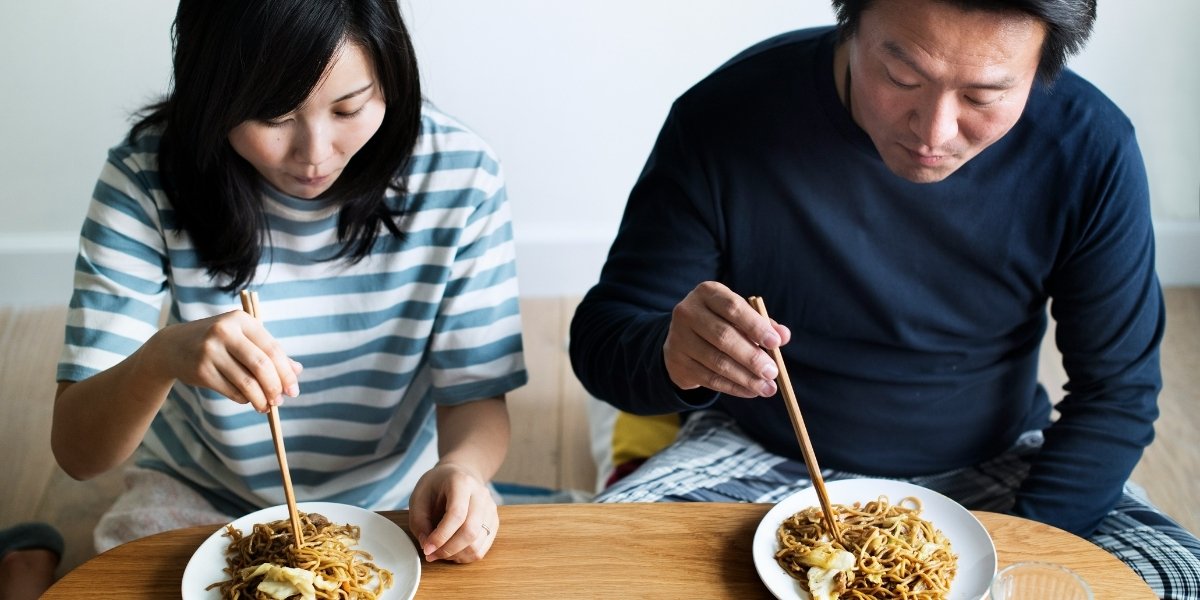In discussions about well-being and longevity, particularly from regions known for their healthy populations, one practice often comes up: Hara Hachi Bu. This idea, which has roots in places like Okinawa, encourages individuals to eat until they feel satisfied, but not entirely full. It’s often described as eating until one is about 80% full, rather than continuing until feeling completely stuffed or uncomfortable.
This isn’t just about limiting food intake; it’s a mindful approach to eating that has been passed down through generations. It emphasizes listening to the body’s subtle cues of fullness and respecting those signals. The practice offers a simple, everyday way to engage with moderation, potentially leading to a more balanced relationship with food and supporting overall health.
The Science Behind the Feeling: Why 80% Works
The concept of Hara Hachi Bu lines up nicely with how our bodies actually process food. There’s a slight delay between when the stomach has received enough food and when the brain registers that feeling of satisfaction. If someone eats until they feel absolutely full, it’s very likely they’ve already consumed more than their body truly needed in that moment.
By consciously stopping when one feels mostly full, but not uncomfortably so, it gives the body time to catch up. This can naturally lead to a more appropriate calorie intake over the course of a day or week. This practice is widely thought to contribute to maintaining a healthier body weight and can also support the digestive system by not overworking it. Eating less often means less strain on digestion, which can lead to more comfortable post-meal feelings. It’s a straightforward method that helps prevent overeating without strict counting or complicated rules.
Making it Your Own: Practicing Mindful Eating

Adopting Hara Hachi Bu doesn’t require a dramatic overhaul of one’s diet; it’s more about cultivating a mindful eating habit. One practical way to start is by slowing down the eating process. This means really tasting each bite, putting down utensils between mouthfuls, and avoiding distractions like screens during meals. When attention is fully on the food, it becomes easier to notice those early signals of satisfaction.
Using smaller plates can also be a helpful visual cue. It encourages smaller portion sizes to begin with, making it easier to serve less and avoid the urge to keep eating just because there’s food left. Paying close attention to how the body feels as one eats – noticing the decrease in hunger and the growing sense of contentment – is central to this practice. It takes a bit of practice, but many find that with consistent effort, tuning into these signals becomes much more natural.
Beyond the Plate: A Philosophy of Moderation
While Hara Hachi Bu is primarily about eating, its underlying philosophy of moderation can extend beyond just mealtime. It encourages a broader perspective on balance in various aspects of life. It’s about recognizing that “enough” is often better than “too much,” whether it’s food, work, or other activities.
Consistency is a key part of this practice. It’s not about being perfect every single meal, but about regularly aiming for that 80% fullness over time. This gentle, consistent approach is what often leads to sustained benefits for well-being. By embracing this philosophy, individuals can foster a more harmonious relationship with their habits, leading to a sense of calm and a general feeling of better health, day by day.





